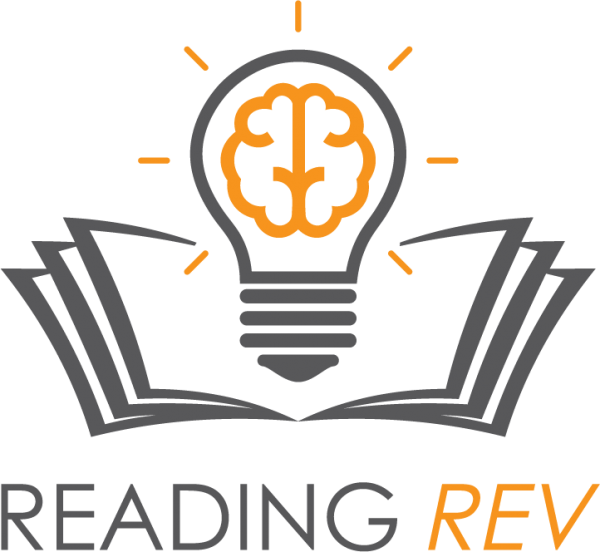Stop Popcorn Reading! Do This Instead!
Do you remember Popcorn! or Round Robin Reading in school? Did you love it? How did it make you feel?
The results are in… these are not effective reading instruction techniques and we need to stop using them with our students!
Round Robin Reading is where students sit in a circle and take turns reading aloud to their peers in order. Teachers realized that students were counting paragraphs and rehearsing their section prior to their turn. The solution was the invention of Popcorn Reading! The idea is the same except the predictable order is replaced with randomly calling students to read aloud. The list of why both are ineffective is long. Here are just a few reasons:
Performance Pressure: Many students feel anxious about reading aloud in front of their peers, which can negatively impact their reading fluency and comprehension.
Fear of Mistakes: Students may focus more on not making mistakes than on understanding the text, which can hinder comprehension.
Passive Listening: While one student reads, others might not pay attention, leading to disengagement and a lack of focus on the text.
Surface-Level Reading: The primary focus is often who is going to be reading next or on decoding words rather than understanding and interpreting the text.
The truth is, while we want to model accurate, fluent reading to our students, we also need to hear them read! Let’s talk solutions. These three alternatives promote whole class participation, allow the teacher to hear students read aloud, and limit student anxiety and avoidance.
No more Popcorn, Pick-It-Up Instead!
The idea is similar, but anxiety is eliminated. The teacher (never the students) begins reading aloud. Then, the teacher says, “Pick It Up __student name__.” That student has the choice to read aloud or say, “Pick It Up All!” If the student says, “Pick It Up All,” the class reads the next paragraph chorally. Choral Reading is when the whole class or group reads aloud together. It is a research-based practice that improves student accuracy and fluency. This alternative gives the students who enjoy reading aloud the opportunity, but gives an “out” for those who do not. Students are reading and engaged, but not riddled with dread.
Two is better than one!
Partner or Paired Reading is effective when students are given explicit instruction and routines have been established. In effective partner reading, purposely paired students take turns reading and have specific tasks and expected behavior. Partner reading ensures all students are engaged and receiving personalized feedback. Learn more about David Burns’ Reading Intervention Protocol: Partner Reading and Paragraph Shrinking here. Learn more about partner reading and watch it modeled in classrooms here.
On Air!
Radio Reading is a technique where the students are given a section of text to “master” before performing or reading it aloud to the class or small group. Students are offered support in decoding, fluency, comprehension, and ample time to practice. Then, when it is their turn to read aloud, they read or perform their section with the prosody and enthusiasm of a radio host. This practice is effective because it allows for rereading and mastery while building students’ confidence reading aloud. Find out more about Radio Reading here.
In our Reading Rev PD Conferences and Dyslexia Awareness Community Nights, we lead a dyslexia simulation. One of the simulations is a Round Robin Reading activity. Each participant gets a passage and random people are called on to read aloud. The magic is that not all participants have the same passage. Some passaged have been altered to where they are almost impossible to read. While some can read accurately and fluently, others are stumbling and fumbling through it. The conversation after is incredible. No one enjoys the experience. Anxiety is high and the whole situation is uncomfortable. Teachers often vow that they will never use Round Robin or Popcorn Reading again!
Let’s all stop using this ineffective practice once and for all!
Do you have other alternatives? We’d love to hear them in the comments below!



